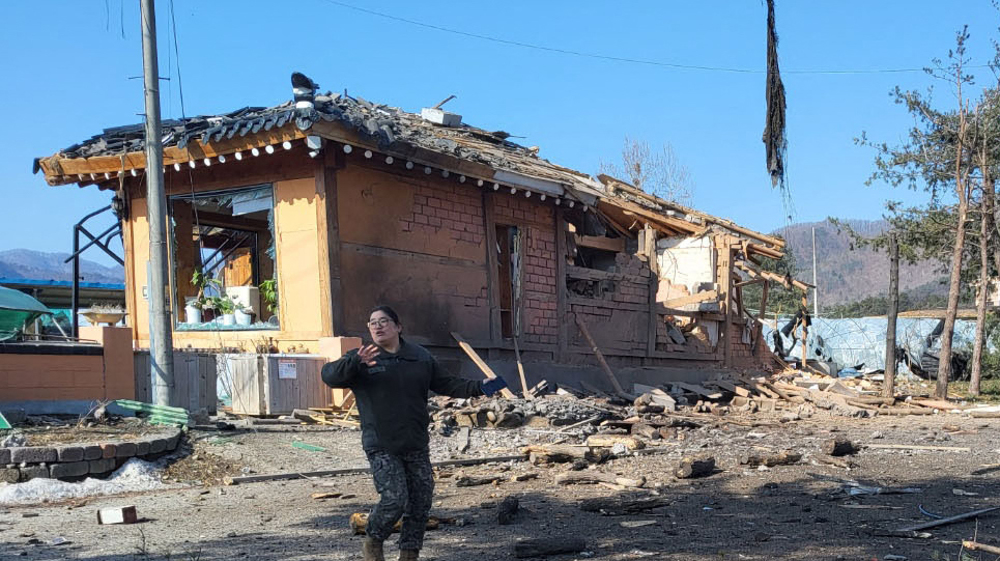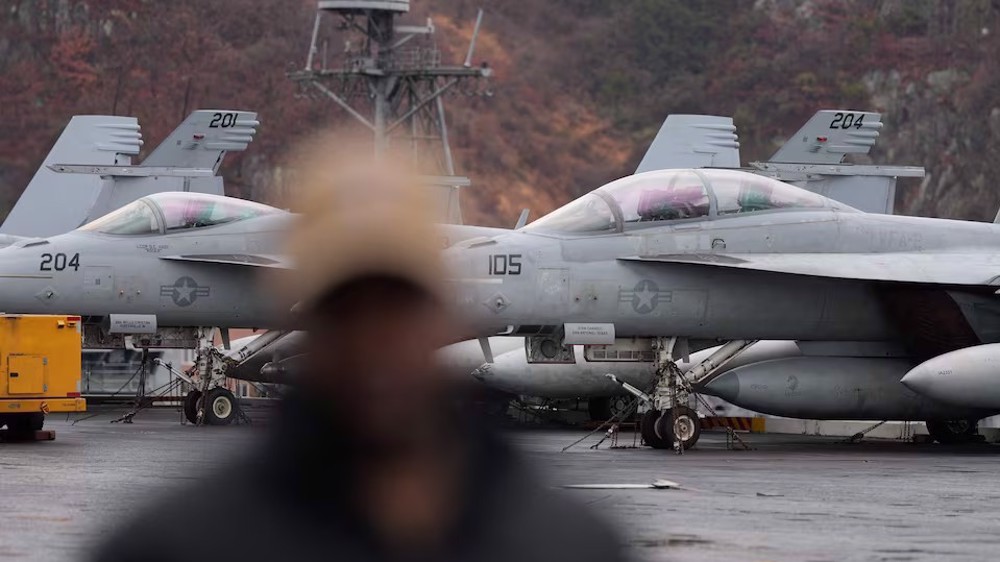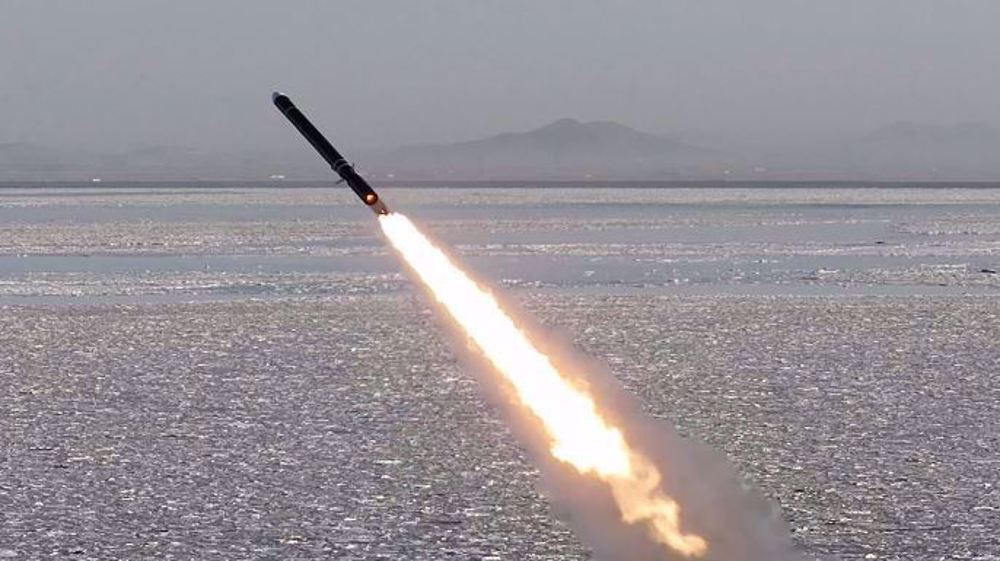South Koreans enter North to reunite with family members after seven decades
Dozens of South Koreans have entered the North to reunite with their family members for the first time in around seven decades since their separation after the 1950s Korean War.
The 89 elderly and frail South Koreans, dressed in their best suits and riding on 14 coaches, crossed the heavily fortified border into North Korea for a three-day family gathering on Monday.
The reunions are scheduled to take place in the North’s tourist resort of Mount Kumgang, as agreed by North Korean leader Kim Jong-un and South Korean President Moon Jae-in during their first summit in April.
“I never imagined this day would come,” said Lee Keum-seom, a tiny and frail 92-year-old woman, who is to see her son for the first time after 67 years. “I didn’t even know if he was alive or not.”
Millions of people -- including brothers and sisters, parents and children, husbands and wives -- were separated by the 1950-53 Korean War.
As the conflict concluded with an armistice rather than a peace treaty, the two Koreas technically remain at war and therefore direct exchanges of letters or telephone calls are prohibited.
South Korean officials have often called for the resumption of visits as a “humanitarian and human rights issue,” particularly since many individuals are now in their 80s and 90s.

Since 2000, the two nations have held 20 rounds of such reunions.
This year, the reunions are resuming after a three-year hiatus as Pyongyang accelerated its nuclear and ballistic missiles program and bilateral relations with Seoul went into a tailspin.
More than 57,000 South Koreans have registered for a brief family reunion in the neighboring North, which lasts only 11 hours and can be a traumatic experience for the aging survivors as it often ends in painful farewells.
Of the 57,000 survivors, 41.2 percent are in their 80s and 21.4 percent are in their 90s, according to government data. The oldest South Korean individual participating in the latest gathering is 101 years old.
The South Korean Unification Ministry said there would be a meeting of another 88 groups of relatives on Thursday.
South and North Korea suddenly began to mend ties in January. Later, the US, too, engaged in diplomacy with Pyongyang, which culminated in a summit between US President Donald Trump and the North Korean leader in Singapore on June 12.
Kim and Moon first met in April in a highly publicized summit in Panmunjom at the DMZ, where they signed a joint declaration and agreed to work for the “complete denuclearization of the Korean Peninsula.”
They met again in May for more informal talks and agreed to meet again sometime in the fall in North Korea’s capital, but released no details.
In a third summit slated for next month, the two are expected to focus on hammering out a consensus on officially ending the Korean War.

Public anger in South Korea as 15 civilians wounded in US war games

North Korea slams US military provocations

North Korea says launched cruise missiles in 'counterattack' drills
Trump presents contentious plans in congressional debut
EU leaders agree plan for dramatic increase in military spending
Israel develops ChatGPT-like AI tool to spy on Palestinians: Probe
China warns of 'law of jungle' after Trump's unilateral tariffs
Scores killed as opposition forces fight HTS militants in Syria
VIDEO | Press TV's news headlines
UN experts: Israel again 'weaponising starvation' in Gaza
UNRWA: Israel's West Bank aggression aligns with annexation 'vision'









 This makes it easy to access the Press TV website
This makes it easy to access the Press TV website